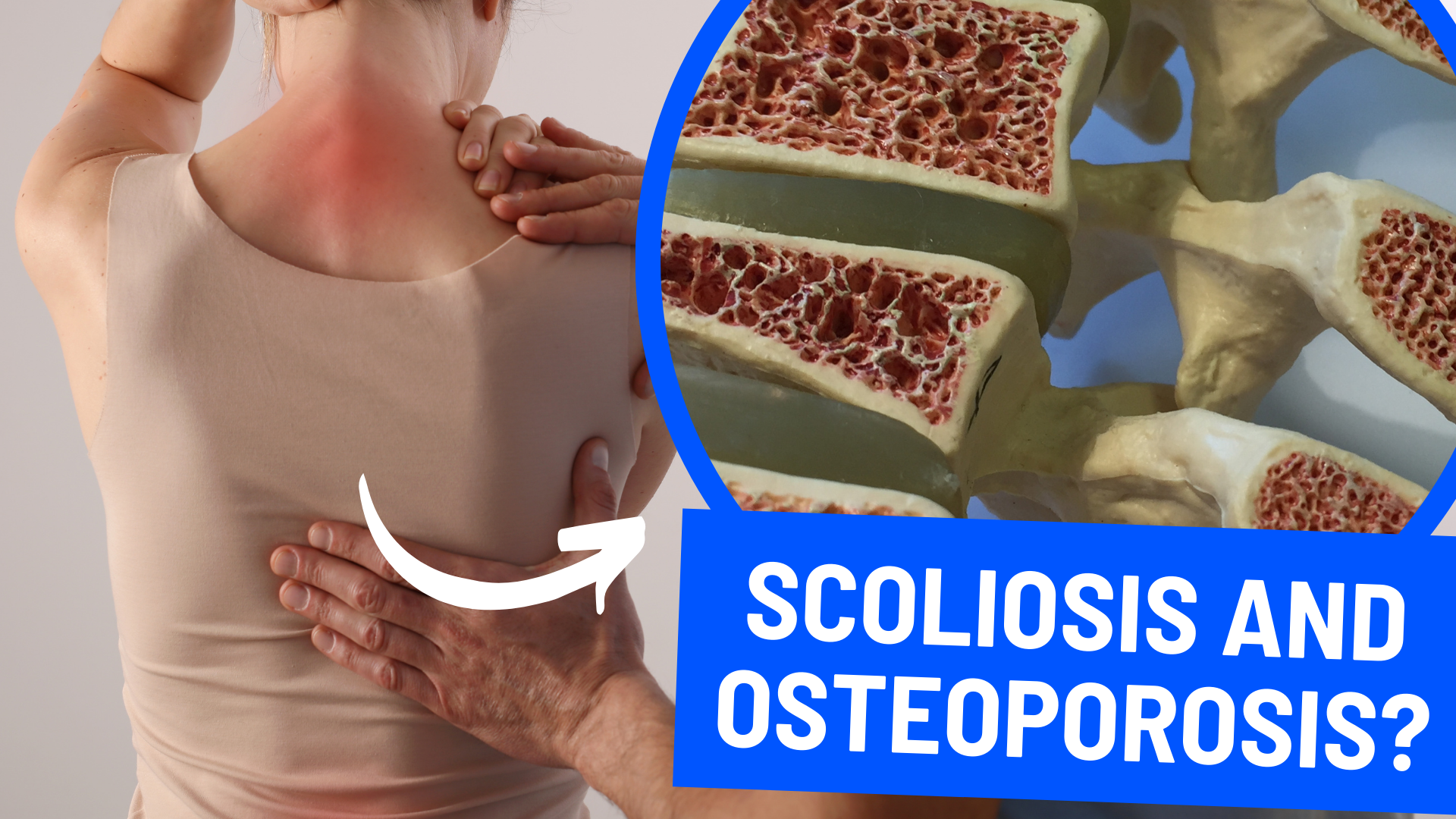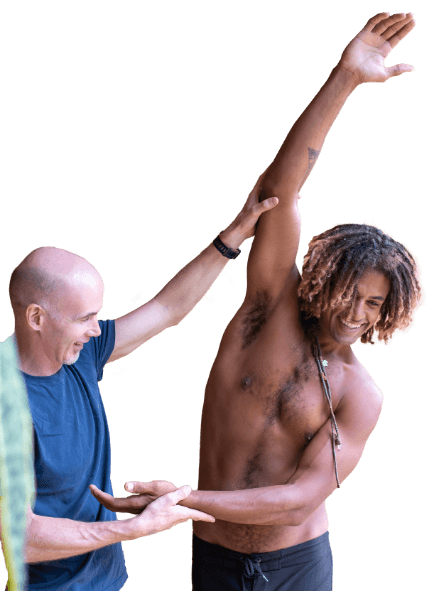
Scoliosis and osteoporosis are two distinct medical conditions that affect the body. While they may seem unrelated at first glance, there is a significant link between them that can have important implications for those who suffer from both conditions. In this article, I will delve into the connection between scoliosis and osteoporosis, shedding light on how these conditions can influence one another and the potential impact on your overall health.
Scoliosis
Scoliosis is characterized by an abnormal curvature of the spine. While it can develop at any age, it most commonly presents during adolescence when the spine is still growing. In some cases, scoliosis can be congenital, meaning it is present at birth, but it can also develop due to other factors, such as neuromuscular diseases or injury. The curvature can be either “C” or “S” shaped and can vary in severity. The reason it develops during adolescence is still a topic of debate in medical circles.
Osteoporosis
Osteoporosis, conversely, is a thinning or weakening of the bones that become fragile and prone to fractures. Osteoporosis often develops as a person ages, and it is more common in women, particularly after menopause, due to hormonal changes that affect bone health.
The Link between Scoliosis and Osteoporosis
The connection between scoliosis and osteoporosis lies in the potential consequences of these conditions on the spine and overall bone health. Here’s how they can be related:
1. Scoliosis can lead to a spine deformity, causing it to curve abnormally. This curvature puts uneven pressure on the vertebrae, which affects the distribution of body weight, potentially increasing the risk of fractures in people with osteoporosis.
2. Individuals with scoliosis may experience reduced bone density in the regions affected by the curvature. This reduction in bone density can exacerbate the risk of osteoporosis as the bone becomes weaker and more susceptible to fractures.
3. Severe scoliosis can limit a person’s ability to move freely, leading to a more sedentary lifestyle. Lack of physical activity can contribute to bone loss and the development of osteoporosis.
Managing the Connection
Managing scoliosis and osteoporosis simultaneously can be challenging but is essential for maintaining overall health. Here are some ideas for individuals dealing with both conditions:
Nutrition and Exercise: A well-balanced diet rich in calcium and vitamin D and weight-bearing exercises that use all the major joints can help support bone health. Stressing the bones with exercises makes the body lay down more bone minerals and stops it from absorbing them. Discuss strategies with a professional before you start exercises for osteoporosis.
Specific scoliosis exercises will also be beneficial in managing scoliosis-related issues, slowing down, stopping, and in some cases, even reversing the curves.
Medications: Most doctors turn to medicine when managing osteoporosis, which is done primarily to minimize the risk of fractures. These should be discussed with a healthcare provider as there can be side effects.
The link between scoliosis and osteoporosis underscores the importance of a whole-body approach when managing these conditions. A healthy spine and body is possible even with scoliosis, especially if you follow the advice above. If you or someone you know is affected by scoliosis and osteoporosis, you can contact us, and we can create a plan for you to stop the progression of these two conditions.

Over the last 10 years Ed has been building a YouTube library to help people manage their own pain or movement limitations and increase performance through exercise. He regularly adds videos so be sure to subscribe and visit regularly


"Oh My Gosh- I am ALREADY feeling relief after a few days! I used to wake up 2-3 times a night with shooting pain that anti inflammatories couldn't touch. Now I have been waking up just because I want to notice what it feels like to lay in bed pain free- THANK YOU!."

"When I first started with your program I was experience a lot of pain. Walking was difficult. I had to stop and catch my breath every few minutes and lean against a wall for support. Now when I walk with my husband we go for over an hour. I never had to sit down and stop...and, hardly any pain!!! 😊😊 I can’t thank you enough."
Frustrated that you aren't recovering fast enough?
Discover how to heal from illness and injury using movement, food and lifestyle.